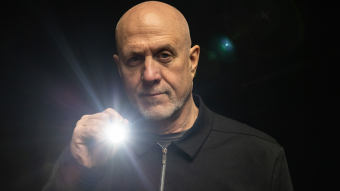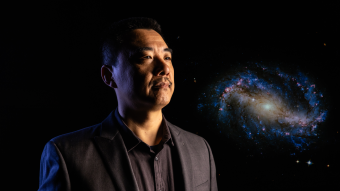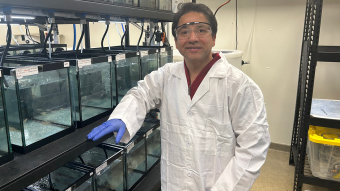Aug. 28, 2019
As researchers continue to develop therapies for disease, precision medicine — or the ability to develop specific treatments based on the genetic makeup of the individual patient — is providing innovative options for the diagnosis and treatment of cancer. Most of these targeted therapies come from ingredients supplied by research facilities, such as the University of Missouri’s Research Reactor, or MURR. With the NextGen Precision Health Institute and Initiative, the University of Missouri hopes to tackle some of the world’s worst diseases with many ingredients created in-house at MURR.
“The NextGen Precision Health Institute will focus on grand challenges associated with vascular and neurological diseases, as well as cancer,” said Gary Solbrekken, associate professor in the Department of Mechanical and Aerospace Engineering and member of the Nuclear Engineering Program. “MURR provides isotopes that are used in diagnostics and treatment for these ailments. Therefore, understanding the nuts and bolts of how MURR works allows those critical isotopes to be produced.”
To discuss those “nuts and bolts,” researchers, nuclear engineering industry partners and faculty from across the country recently descended upon Mizzou’s College of Engineering for the U.S. High Performance Research Reactor Stakeholder Meeting. Held in late July, the event was organized by MU alumnus Scott Ravenhill, who works with the National Nuclear Security Administration in the U.S. Department of Energy. Ravenhill says he is focused on converting research reactors from using highly enriched uranium fuel to low-enriched uranium fuel to achieve U.S. nonproliferation objectives.
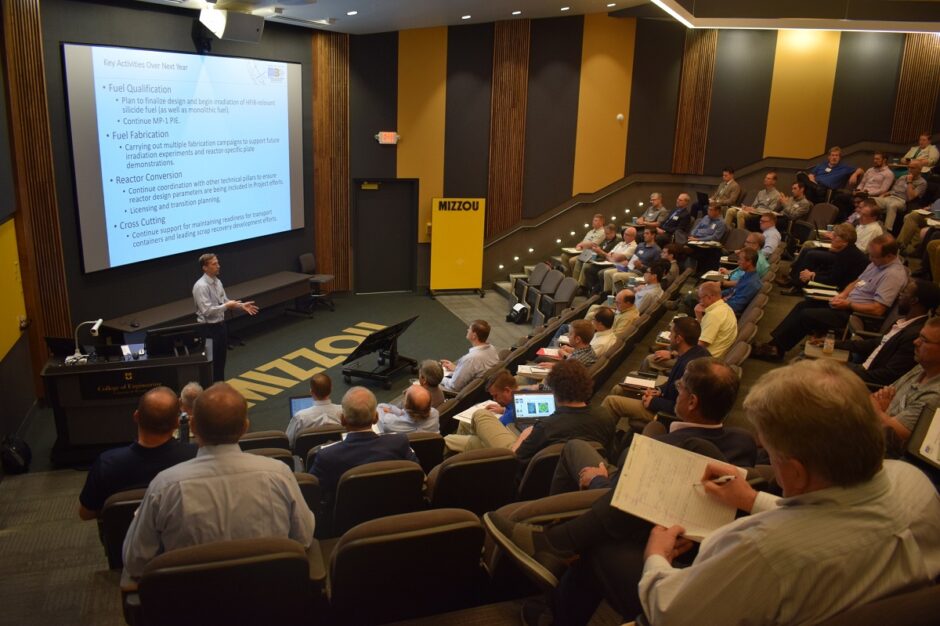
“Mizzou was a fantastic host for this event, and we were able to organize multiple tours of MURR on campus,” said Ravenhill, who graduated from MU with a degree in business and international studies. “Columbia has been a big part of my life, so I was excited to return to Mizzou for work this time.”
Since 2006, the University of Missouri, which has the highest power university-operated research reactor in the U.S., has been collaborating with the National Nuclear Security Administration and the four other U.S. high performance research reactors that use highly enriched uranium fuel to find a suitable low-enriched uranium fuel replacement. Using low-enriched uranium fuel will help prevent the spread of nuclear weapons and promote the peaceful uses of nuclear energy.
“In addition to achieving U.S. nonproliferation objectives, the fuel conversion will increase our research reactor’s maximum power level from 10 megawatts to 12, thus providing greater flexibility in meeting our primary scientific mission – supplying critical isotopes to fight cancer,” said Les Foyto, MURR associate director of reactor and facilities operations. “MURR is the sole U.S. supplier of the active ingredient for four FDA-approved radiopharmaceuticals: one treats the excruciating pain of spreading bone cancer, another treats incurable liver cancer, the third treats a rare tumor in the midgut and the fourth treats thyroid cancers.”
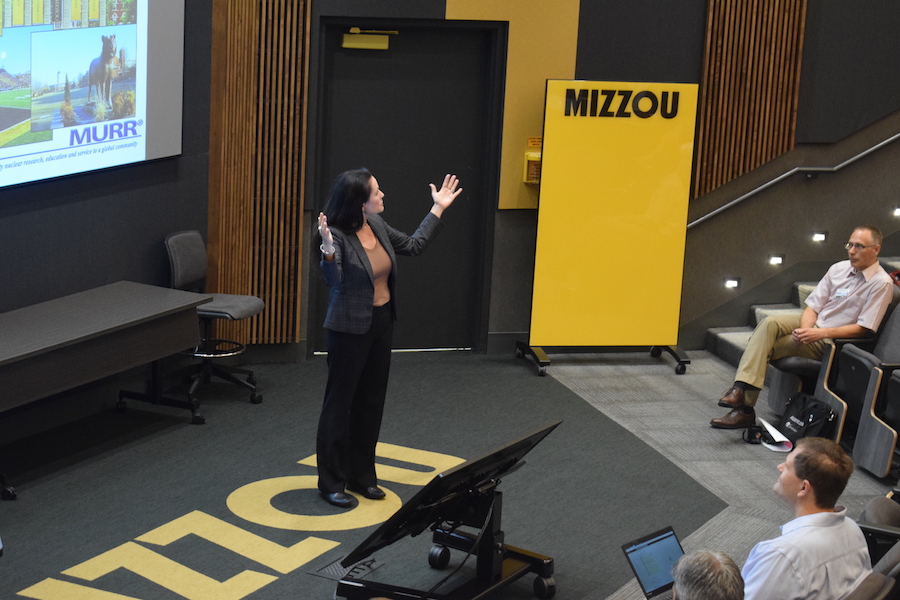
Among the attendees were representatives from the four other high-performance research reactors in the U.S.: the High Flux Isotope Reactor in Oakridge, Tennessee; the Advanced Test Reactor in Idaho Falls, Idaho; the National Bureau of Standards Reactor in Gaithersburg, Maryland; and the Massachusetts Institute of Technology Reactor in Cambridge, Massachusetts.
“This work is inherently interdisciplinary, requiring expertise from chemistry, medicine, biochemistry, veterinary medicine and engineering,” Foyto said. “Collaborating has enabled us to develop imaging agents for cancer, vascular diseases and neurological disorders as well as new therapeutic agents for cancer and other chronic disorders.”
